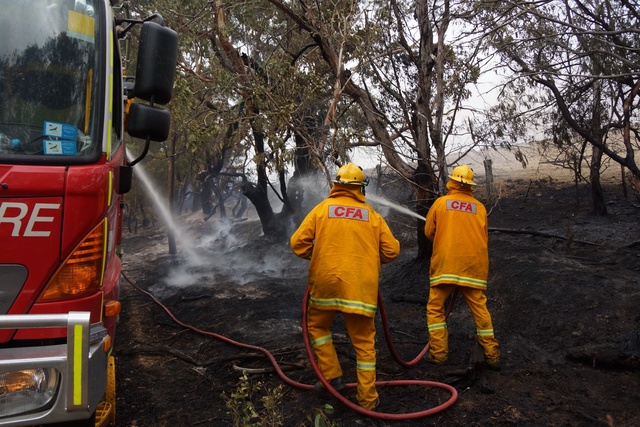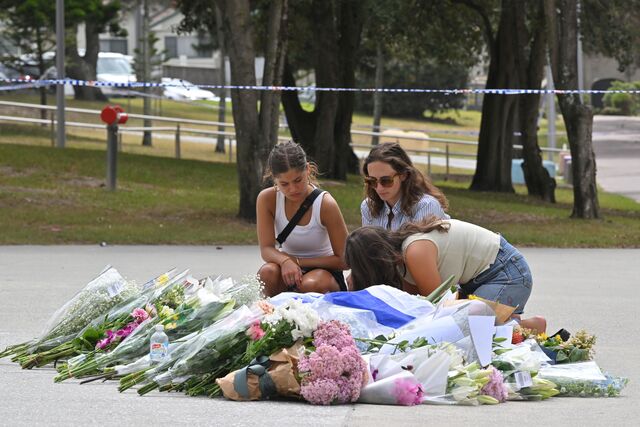The 19th century pioneers went in for large families.
Even with the high infant mortality of the time, a mother might still rear a dozen to adulthood.
With marriages between neighbours common, an entire district could be inter-related within a generation or two.
The Clegg, Taffs, Sies, Herbert, McKillop, Birtles, Parr, Overton, Green, Axford, Collier, Ratcliffe, Rexter, Tegart, Turner and Sellick families of Wandin/ Silvan/ Mt Evelyn/ Lilydale/Montrose/ Croydon were all related by marriage.
Ann Clegg, one of the pioneers of Wandin from the 1860s, had 13 children and raised 11.
When she died at the Hotham Benevolent Asylum in 1906, aged 85, her death certificate stated only ‘widow, two sons and two daughters, other particulars not known’.
Presumably there was not one descendant present to provide details.
The Parrs settled in the Shire of Lillydale in the mid-1870s. Jane Parr nee Axford bore 16 children, raising 12.
Jane’s eldest daughter Elizabeth married Ann Clegg’s son Joseph.
After Elizabeth’s death, Joseph married his widowed sister-in-law, Susannah Green nee Parr.
Johanna Sellick, a pioneer of Croydon from the 1870s, had 14 children and raised all but the youngest – 10 daughters and three sons.
Eldest daughters Annie and Margaret married two sons of a Mt Evelyn family, Francis and John Collier. Son Arthur married Dorothy May Turner, a granddaughter of Jane Parr.
The seventh daughter, Rose, died at 19. ‘Miss Rose, as she was popularly called … was held in high esteem by all who had the good fortune to make her acquaintance.’ (Reporter, Box Hill, 29/4/1910).
The bevy of maidens sounds like a Jane Austen novel: ‘Miss Sellick, Miss Margaret Sellick, Miss Edith Sellick … Miss Rose Sellick … .’
Australia’s fertility rate declined in the 20th century, as Margaret Trist wrote in her short story ‘Twenty Strong’ (1946).
Della, the only child in a depopulated countryside, is sent off to boarding school.
The elderly buggy driver points out the homesteads that once housed large families.
‘Nine kids here, ten kids there, twelve somewhere else … five little girls used to wave to me over the bridge railing.
They used to wear pigtails and pinafores.’ Della arrives at school, fortified by the knowledge.
‘She was twenty strong. The kids everyone should have had, but hadn’t.’
The fertility rate dropped below the replacement rate in the 1980s.
By 2022 it had fallen to 1.63 births per woman.







